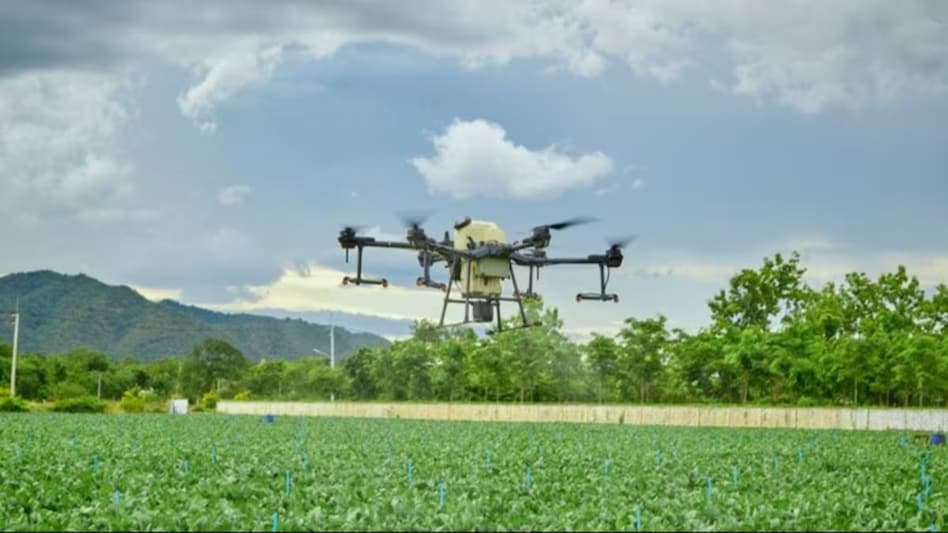 In 2017, PricewaterhouseCoopers (PwC) recognised drones as one of the ‘essential eight’ emerging technologies with substantial potential to transform various sectors.
In 2017, PricewaterhouseCoopers (PwC) recognised drones as one of the ‘essential eight’ emerging technologies with substantial potential to transform various sectors.
 In 2017, PricewaterhouseCoopers (PwC) recognised drones as one of the ‘essential eight’ emerging technologies with substantial potential to transform various sectors.
In 2017, PricewaterhouseCoopers (PwC) recognised drones as one of the ‘essential eight’ emerging technologies with substantial potential to transform various sectors.From being an early adopter of Unmanned Aerial Vehicles (UAVs) for military purposes back in 1996, the Directorate General of Civil Aviation (DGCA) imposed a ban on the use of commercial drones and UAVs in 2014. This move significantly impacted the burgeoning drone industry in India.
Shortly after this ban, in 2017, PricewaterhouseCoopers (PwC) recognised drones as one of the ‘essential eight’ emerging technologies with substantial potential to transform various sectors. Given the broad applications and potential benefits of drone technology across multiple industries, this restriction created an unfavourable situation for India.
Despite the fact that government applications of drones had helped to maintain some level of activity within the Indian drone industry, the sweeping ban on civilian drone usage in 2014 stifled significant industry growth. This regulatory environment stunted innovation and development in the sector.
However, the situation began to improve when the guidelines were revisited and revised in 2018-19 but was still restrictive in nature. Following these revisions, the Ministry of Civil Aviation (MoCA) took a significant step forward by liberalising the drone policy in August 2021. The objective of this policy change was to invigorate the domestic drone industry, thereby positioning India to become a global leader in the drone sector by 2030.
Hardeep Singh Puri, who served as the Civil Aviation Minister during the critical period when the government was re-evaluating its drone policy, provided insights into the considerations and efforts that led to the policy shift.
“I was the civil aviation minister when we were dealing with drones. The first attitude was no-no. You know we can’t allow these drones to overfly these establishments. There are security implications. So, I said if we go by this, the whole country will come out red zone. So, one day, we went to the Prime Minister and said we have a choice. Either we will lead the drone revolution and manufacture and use and deploy for social and economic and agricultural development or we become importers etc,” he said.
Puri added that such forward-thinking decisions are instrumental in helping India emerge as one of the fastest-growing economies in the world. He added, today India standing is not just measured by the fact that India is a $4 trillion economy and would go to become a $5 trillion economy. But it is measured by the fact that there is something happening in India in terms of innovation, entrepreneurial initiatives and new systems being devised.